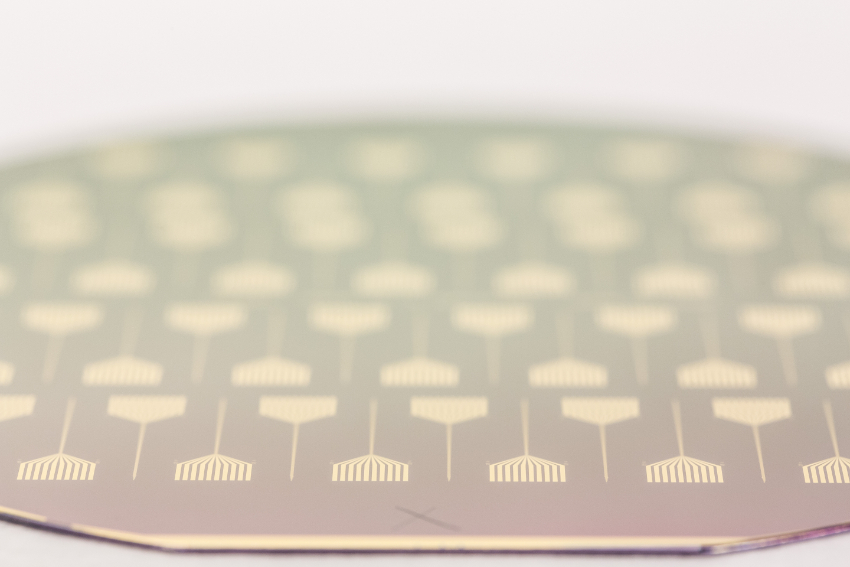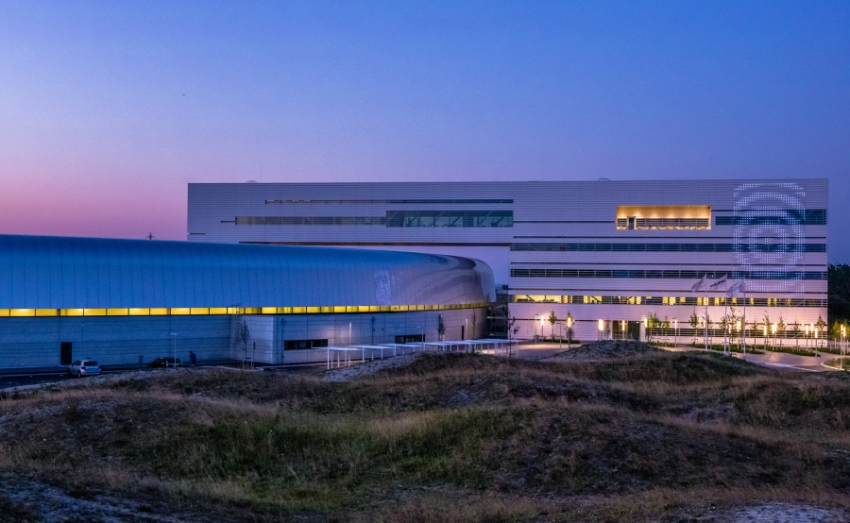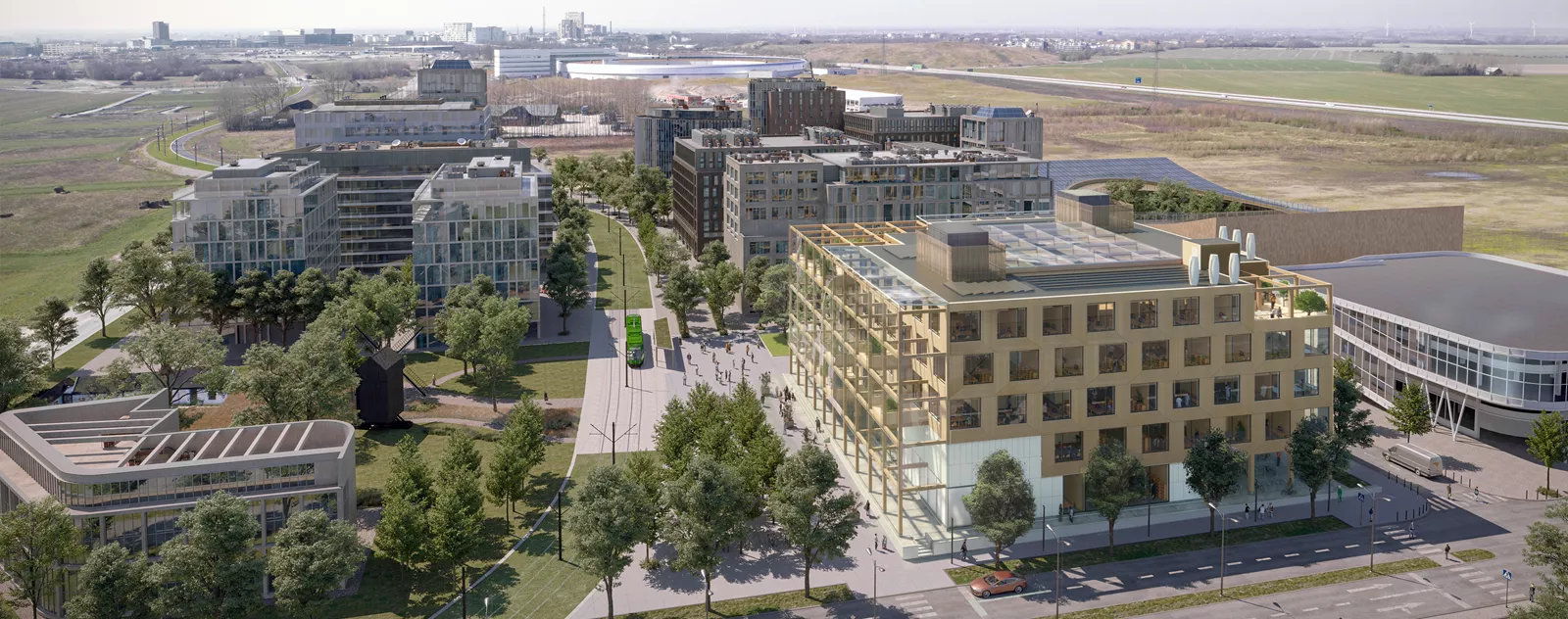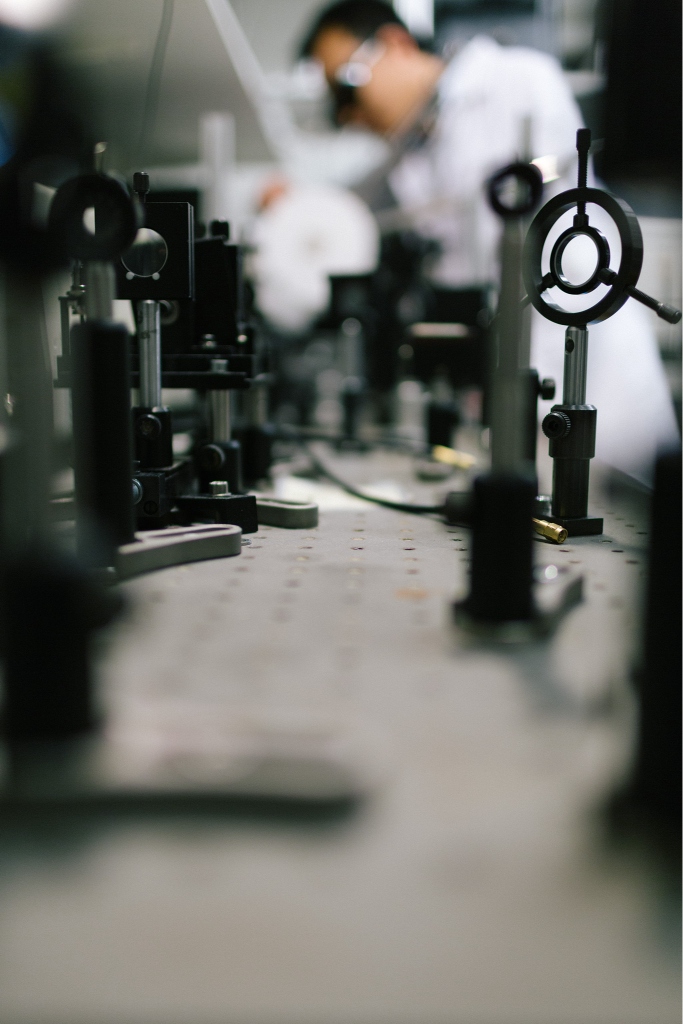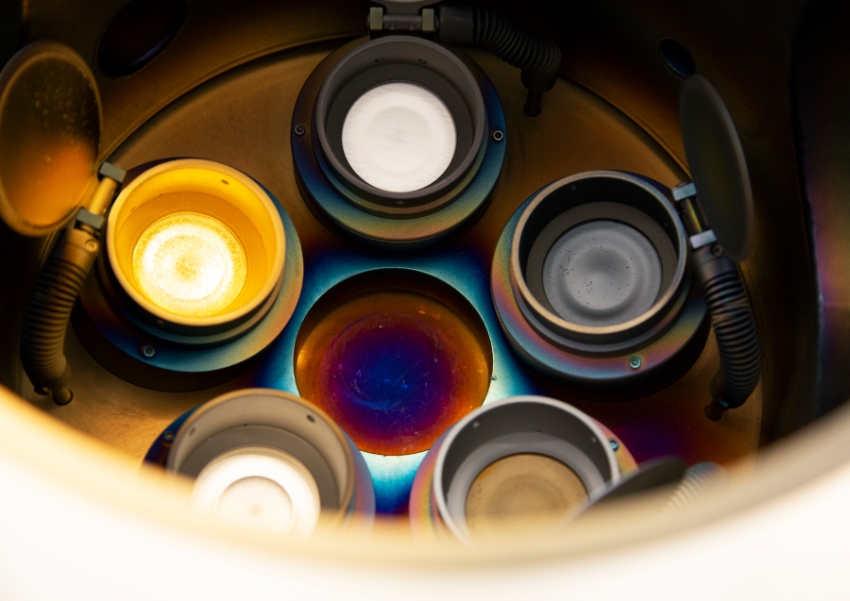A world-leading, curiosity-driven environment – with the new nano lab as one of the cornerstones
Answers relating to diseases and accurately targeted drugs. Enhanced batteries and sensors. Smarter solar cells, LED lighting and semiconductors – and a reduced need for natural resources. Lund University’s new nano lab has been made possible due to a long-term collaboration with external stakeholders in which the aim is to meet sustainability challenges and find answers to many of the future’s curiosity-driven questions.
Tiina Meri – Published 22 August 2024
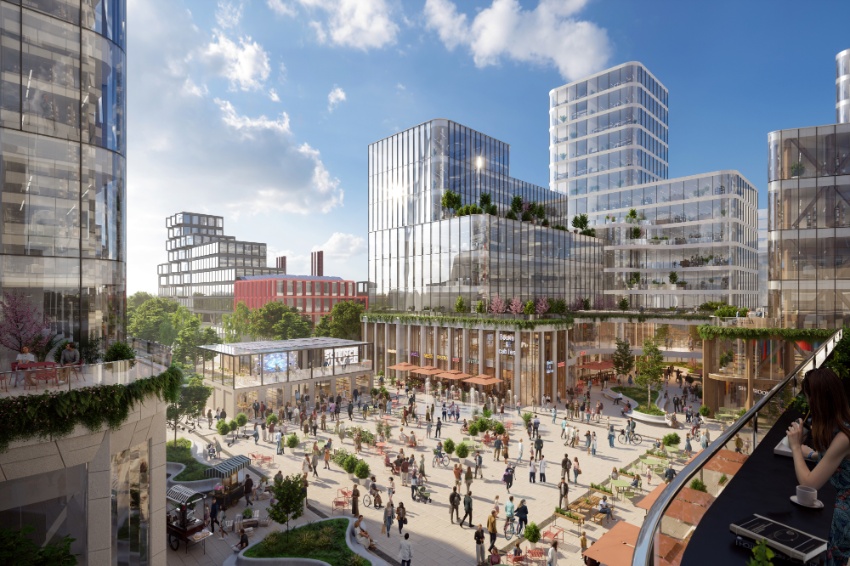
The day is gradually approaching when LTH and Lund University will also have a campus in Science Village, in the “new” emerging district of Brunnshög. More than 250,000 square metres of office space and laboratories are planned for the previously windswept area close to the research facilities MAX IV and ESS.
An area where researchers, students, companies and the public can meet is now taking shape in a way that brings to mind a knowledge and innovation-intensive environment such as Silicon Valley.
Atomic workshop for sustainability
Planning is underway for the construction of what will become the third advanced resource among the world-leading research facilities in Lund – namely Nanolab Science Village. The new nano lab can be described as an upgraded “atomic workshop” where researchers will conduct basic research and seek solutions that lead to a more sustainable world.
“By placing an excellent research infrastructure for nanotechnology close to MAX IV and ESS, Lund University and our partners are contributing to the Swedish Government’s vision of a world-leading research environment for materials science and life science,” says Anneli Löfgren, co-director of NanoLund and project manager for Stage 1 of Lund University’s establishment in Science Village.
“Extremely advanced”
According to Anneli Löfgren, the new nano facility could not have become a reality if it were not for the University, or more specifically NanoLund, receiving financial support from external stakeholders.
“The equipment in nano research is extremely advanced and costly. Thanks to external grants, Lund University can complete Nanolab Science Village and thereby the first stage of the establishment. What will emerge is a vibrant and knowledge-oriented district where research, as well as education and innovation environments, are at the global forefront and can benefit from different synergies,” says Anneli Löfgren.
Enabling materials research
Since 2018, Lund University has received a number of large mutually reinforcing donations. Together, these donations will make it possible for the new nano lab to open within a few years for collaborations with academia, institutes and companies – for the benefit of society.
One of the recent major investments in Nanolab Science Village was made by the Olle Engkvist Foundation, which decided to contribute SEK 100 million over a five-year period for the acquisition of laboratory equipment.
"Using the state-of-the-art equipment, we can conduct curiosity-driven experiments and produce smarter, stronger and more eco-friendly materials, for example," says Anders Mikkelsen, professor of synchrotron radiation physics and director of NanoLund.
Interdisciplinary research on nature’s smallest components
Over 400 researchers in technology, natural science, social sciences and medicine collaborate at NanoLund – Lund University’s centre for nanoscience.
"Nano research provides hope for more eco-friendly technology regarding, for example, solar cells, energy-efficient and enhanced semiconductors, water treatment and sustainable transport, and also for faster diagnostics and personalised treatment of disease," says Anders Mikkelsen.
Do nature’s smallest components play a role in the solutions to some of the major questions?
"Nanolab Science Village is a complement to MAX IV and ESS. Here, we will be able to develop completely new advanced materials on a nanoscale, with an aim, of course, to ensure safety for people and the environment. I think the Science Village environment will provide major research successes that benefit the wider world, and that Lund is on the way to becoming even more attractive for researchers, companies, innovators and students from all over the world. The feeling is that we are in the right place at the right time."
Illustrations: KOBE/Science Village, SPACE/Science Village
Photo: Jesper Löfman/Myfab, Leif Janson, Charlotte Carlberg Bärg, Tiina Meri
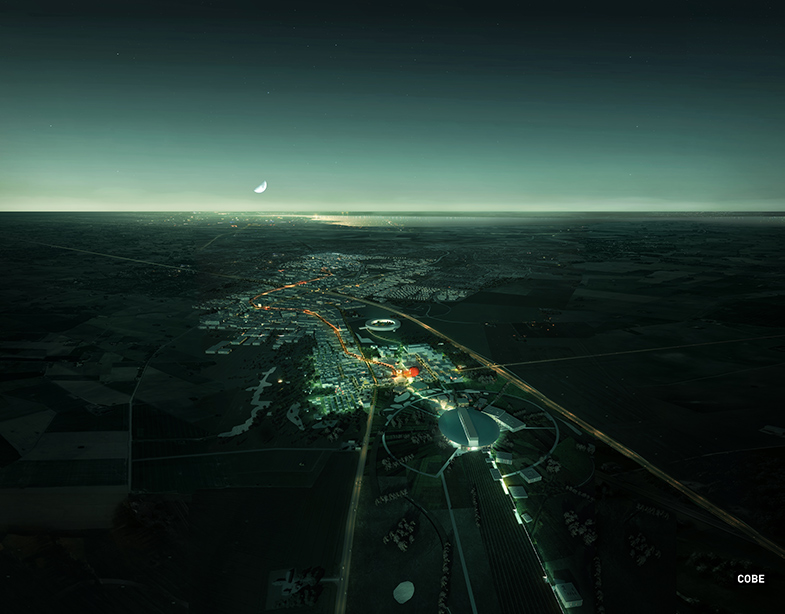
The establishment in Science Village – Stage 1
Nanolab Science Village constitutes Stage 1of Lund University’s establishment in the dynamic environment for education, research and innovation that is currently taking shape close to MAX IV and ESS in north-east Lund.
In recent years, the Olle Engkvist Foundation, Crafoord Foundation, Sparbankstiftelsen Finn, LMK Foundation, Knut and Alice Wallenberg Foundation and Swedish Research Council (via the national infrastructure collaboration Myfab), have given major grants for new laboratory equipment required for advanced research in nanoscience and nanotechnology.
All in all, this external support will enable Nanolab Science Village to open within a few years for collaborations with academia, institutes and companies – for the benefit of society.

NanoLund
NanoLund is Lund University’s centre for nanoscience and Sweden’s largest research environment for nanoscience and nanotechnology. The researchers focus on six areas:
- Photons
- Semiconductor technology
- Quantum physics
- Life science and nano
- Materials science and manufacturing
- Nanosafety
The aim of the research is to lead to new innovations and for products to be designed in a safe way for both people and the environment
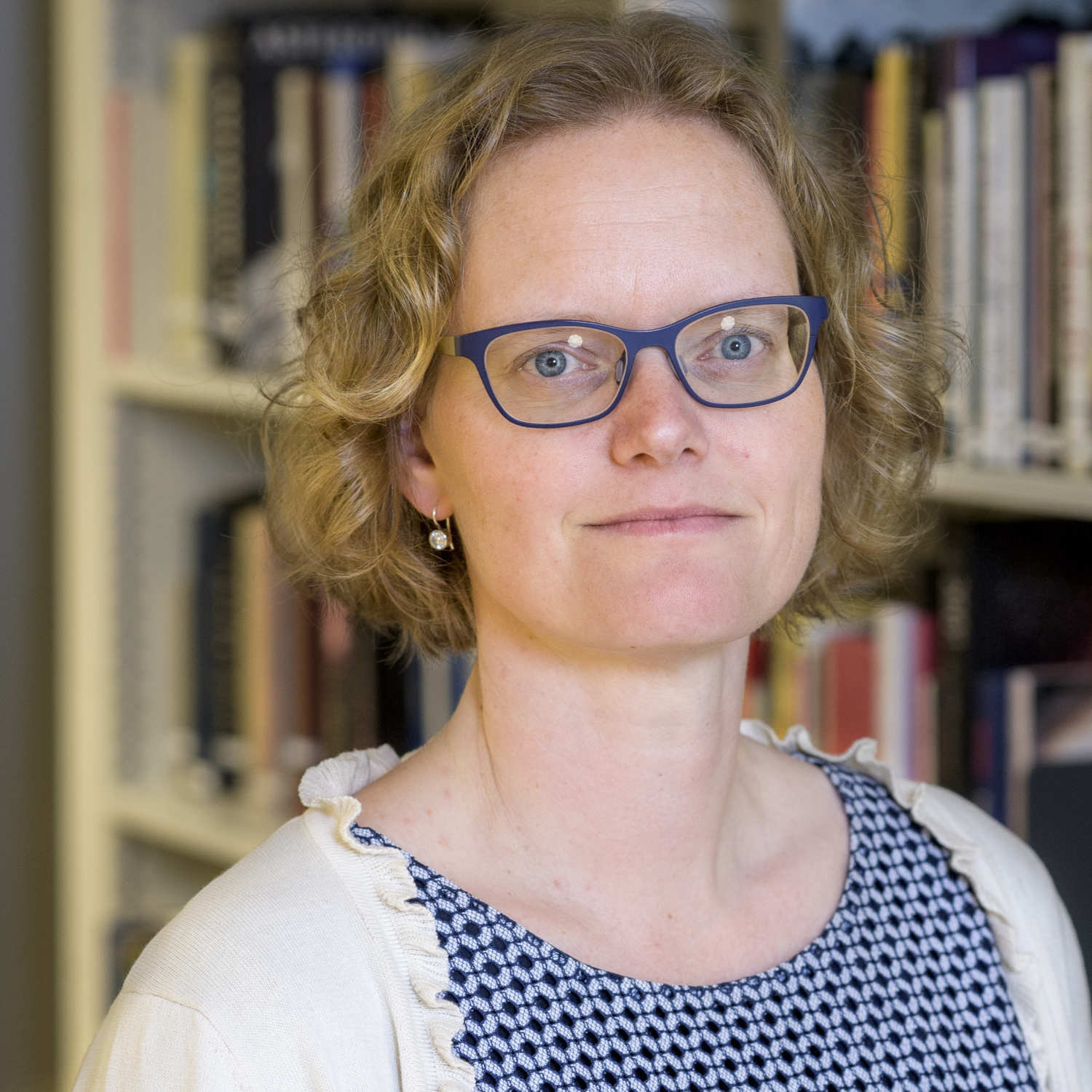
Anneli Löfgren is co-director of NanoLund and project manager for Stage 1 of Lund University’s establishment in Science Village.
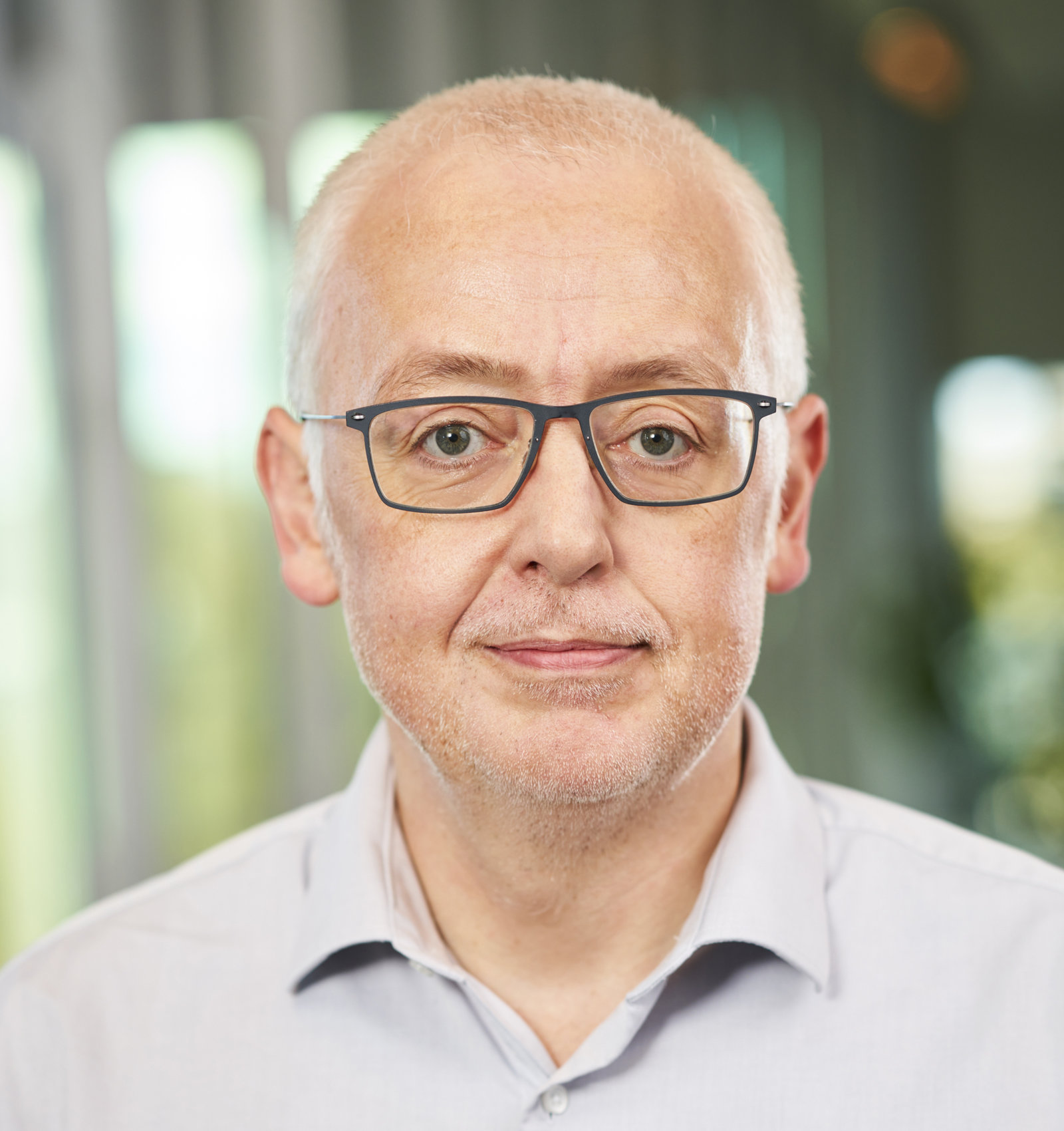
Anders Mikkelsen is professor of synchrotron radiation physics and director of NanoLund.


